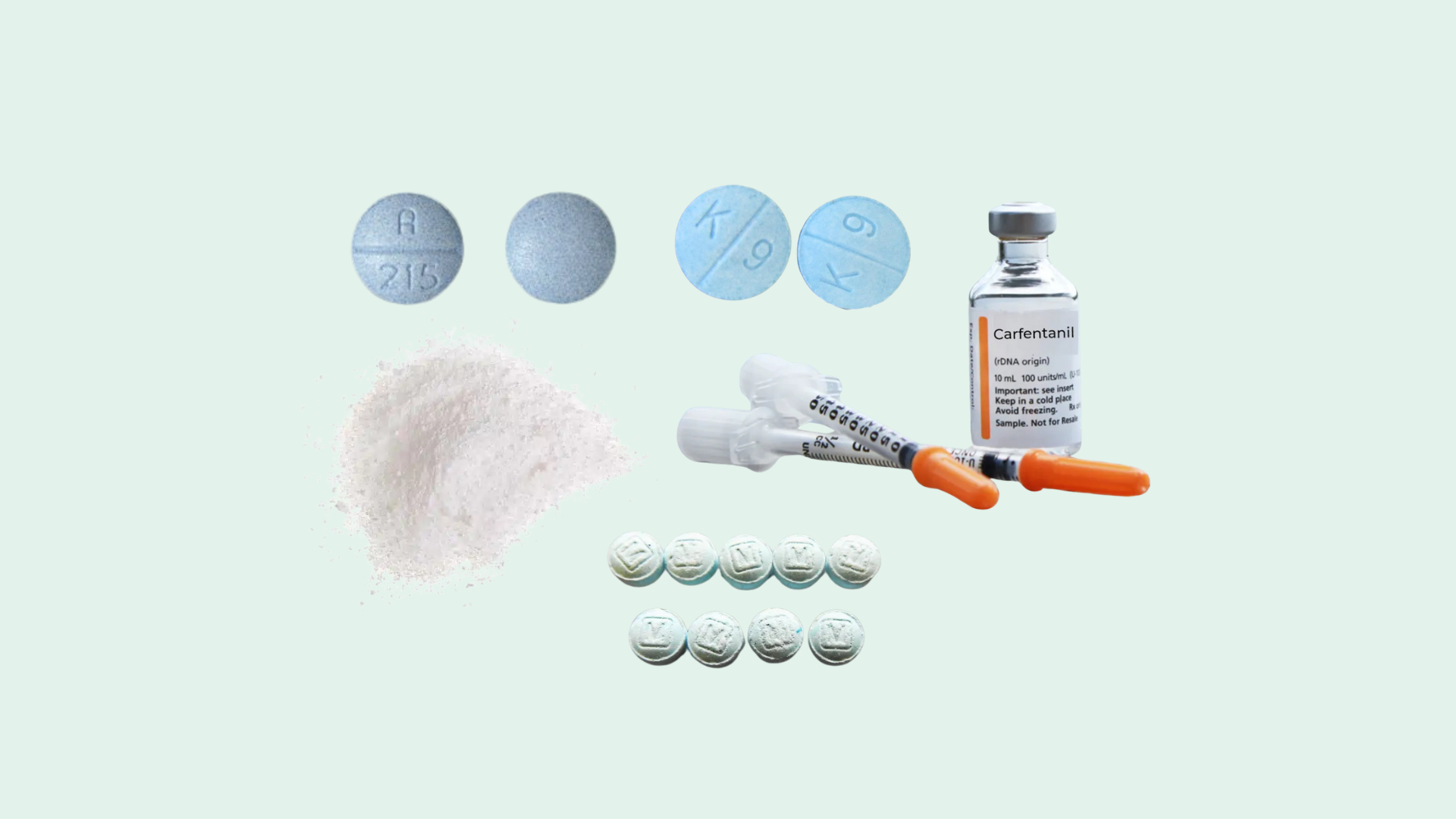How to Recognize the Signs of Carfentanil Addiction
Given the extreme potency of carfentanil, it is crucial to recognize the signs of addiction early. People who use street drugs laced with carfentanil often exhibit a variety of alarming symptoms. Respiratory depression or arrest is among the most serious, as it can quickly lead to death without immediate medical intervention. Individuals may also experience
- Drowsiness
- Disorientation
- Extreme sedation
- Confusion
- Inability to perform daily tasks
- Pinpoint pupils
- Clammy skin
Once the decision to pursue treatment for carfentanil addiction has been made, understanding what to expect can greatly alleviate some of the anxiety associated with this journey. Carfentanil addiction treatment is comprehensive and multifaceted, designed to address not only the physical dependency but also the psychological effects and underlying issues that may have contributed to the addiction. This holistic approach ensures that patients are fully supported through each step of their recovery process.
What Is Carfentanil Treatment Like?
Detoxification
The first stage of treatment typically involves medically supervised detoxification. Given the extreme potency of carfentanil, detox should never be attempted alone or without professional oversight. Symptoms of withdrawal can be severe and life-threatening, requiring medical interventions to manage safely. During this phase, healthcare professionals may administer medications to ease withdrawal symptoms and provide constant monitoring to ensure the patient’s safety and comfort.
Therapy and Counseling
Following detox, the next phase usually involves a combination of therapy and counseling. These therapeutic sessions can be conducted in both individual and group settings, offering a platform for patients to explore the root causes of their addiction, develop coping mechanisms, and build a supportive community of peers who understand their struggles. Evidence-based therapies, such as cognitive behavioral therapy (CBT), help patients reframe negative thought patterns and behaviors.
Medication-Assisted Treatment
Additionally, medication-assisted treatment (MAT) may be an option for some individuals. This involves the use of medications like buprenorphine or methadone that can help reduce cravings and withdrawal symptoms, making it easier for patients to focus on their recovery. MAT is particularly valuable in treating opioid addiction, as it addresses both the chemical and behavioral components of dependency.
Relapse Prevention
Aftercare planning becomes a critical component of maintaining long-term recovery as treatment progresses. This includes developing a comprehensive relapse prevention plan, which may involve ongoing therapy, participation in support groups, and connecting with a network of sober living communities. The goal of aftercare is to provide continuous support and resources to help individuals sustain their sobriety and navigate the challenges of life post-treatment.
What Are Therapeutic Approaches in Carfentanil Addiction Treatment?
The treatment of carfentanil addiction requires a tailored approach that integrates both medical and psychological interventions. Given the substance’s potency and the severe withdrawal symptoms associated with opioid dependence, it is imperative to adopt a comprehensive strategy that addresses both the physical and mental aspects of the addiction.
After detox, psychological support is equally crucial in carfentanil addiction treatment. Behavioral therapies form the cornerstone of this support, offering patients strategies to cope with addiction and avoid relapse. As previously mentioned, CBT is widely used to help individuals identify and change negative thought patterns and behaviors associated with their substance use. Another effective method is contingency management (CM), which employs a reward-based system to reinforce positive behaviors such as maintaining sobriety.
Motivational interviewing (MI) is another valuable therapeutic approach. It is designed to enhance the patient’s readiness to change their substance use behaviors by exploring and resolving ambivalence toward recovery. Through empathetic and supportive dialogue, therapists help individuals find intrinsic motivation for change, fostering a deeper commitment to recovery.
Additionally, support groups and peer-led programs can play a vital role. These communal approaches give individuals a sense of belonging and understanding while offering practical advice and emotional support from those who have experienced similar struggles. Organizations such as Narcotics Anonymous (NA) provide structured environments where individuals can share their experiences and gain strength from the collective support of the group.
What Are Strategies for Preventing Relapse?
Preventing relapse is a multifaceted endeavor that demands vigilance, support, and ongoing effort. Central to this process is the development of coping strategies to handle stress, triggers, and cravings that may arise post-treatment.
- Medication. Beyond therapy, medications also serve as a critical component in relapse prevention. For example, medications like naltrexone can help reduce cravings and diminish the euphoric effects of opioids, making it easier for individuals to abstain from drug use. This pharmacological intervention, when combined with therapy and counseling, forms a comprehensive treatment plan that addresses both the physical and psychological aspects of addiction.
- A support network. Having the right support is indispensable in the journey to recovery. Whether peer-led or professionally facilitated, support groups offer a space where individuals can share their experiences, obtain advice, and garner emotional support. Engaging in regular group meetings can reinforce the commitment to sobriety and provide an ongoing reminder that one is not alone in their struggles.
- Lifestyle changes. Establishing a routine that includes regular exercise, a balanced diet, and adequate sleep can significantly impact one’s mental and physical health, making it easier to resist the urge to revert to old habits. Additionally, mindfulness practices such as meditation and yoga can aid in reducing stress and enhancing emotional regulation, which are essential for long-term recovery.
Finally, it’s vital to have a relapse prevention plan in place. This plan should include steps to take when confronted with high-risk situations, contact information for support people, and a list of activities that are far away from addiction and triggers.
Ultimately, recovery from carfentanil addiction is a challenging but achievable goal. By understanding the various stages of treatment and the support available throughout this process, individuals can embark on their path to recovery with confidence and hope. The road to sobriety is paved with determination, resilience, and a robust support system—each step bringing one closer to a healthier, fulfilling life free from the grip of addiction.

